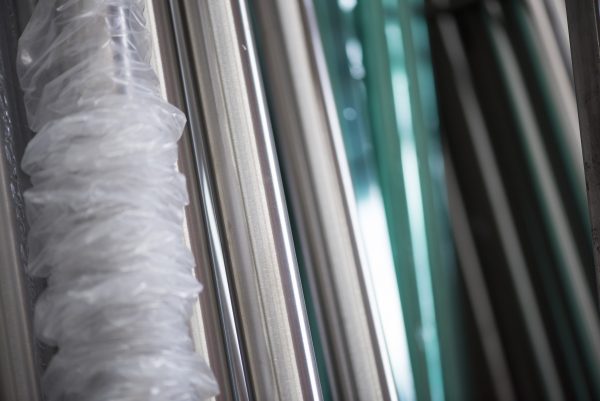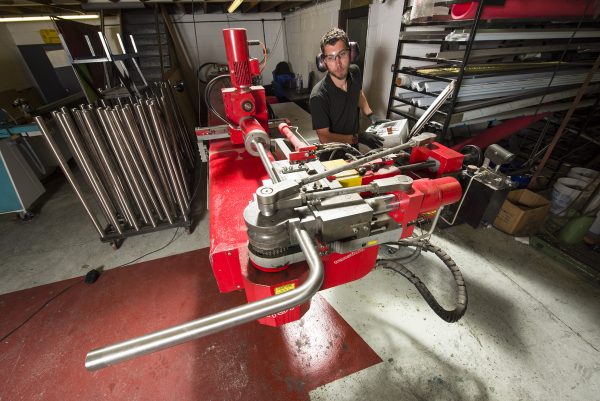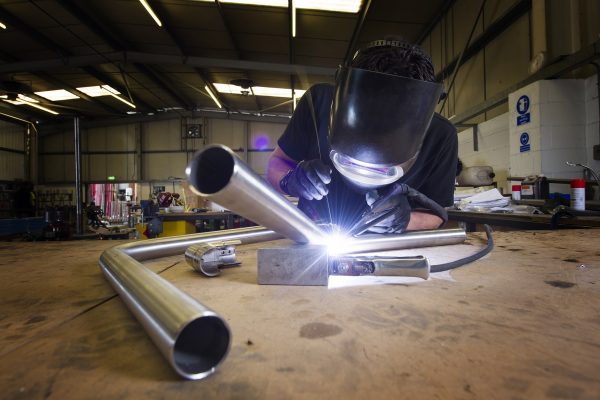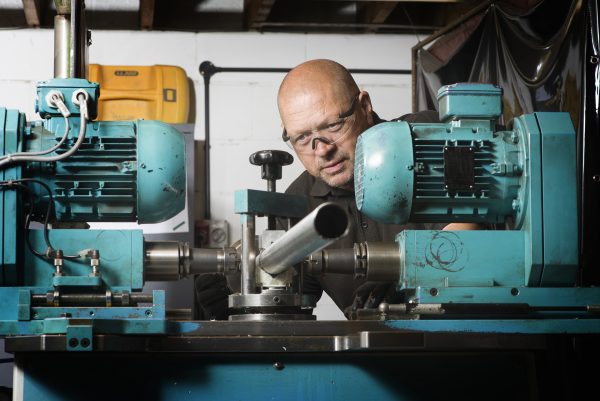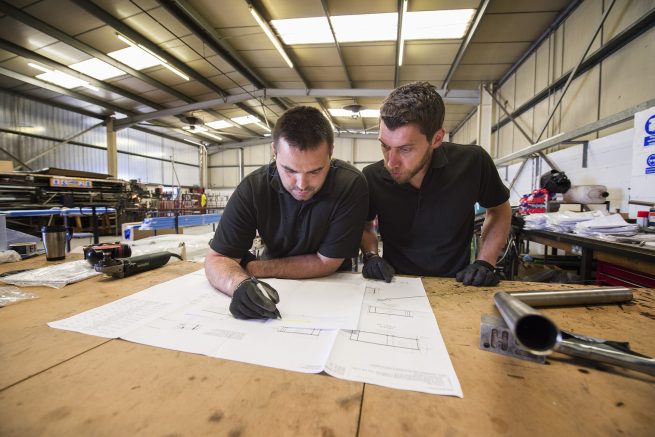
How is stainless steel manufactured?
Commonly, electric arc furnaces are used to melt the raw materials together using intense heat. This process lasts for 8-12 hours, until it is molten. Any excess carbon is then removed by processing the molten metal using an argon oxygen decarburization converter, however, if the carbon level is low, a vacuum oxygen decarburization converter should be used. At this stage, alloying elements such as molybdenum and nickel are added.
In order to create the correct balance and consistency of steel, the turning process is formed. This is where fine adjustments to the composition are made, by removing unwanted elements. Once created, the molten steel can be cast into forms, billets, blooms, rods, slabs and tubing.
In the manufacturing of a stainless steel tube, stainless steel strips are passed through a number of rollers in a tube mill at the set size. The sheet is then gradually moulded into a tube. The edges are then welded with a fitted welding machine.
These forms are then subjected to hot rolling, and the temperature that is used will depend on the grade of stainless steel that is desired. Cold rolling is used when precise dimensions or a particular finish is needed. This process happens below recrystallization temperature and uses smaller diameter rolls.
The steel can then be cut to the desired shape and when appearances are important, the stainless steel is given a surface finish. This is the stage where BA Systems makes their purchases.
The BA Stainless Steel Production Process
BA Systems buy stainless steel from a recognised supplier, mostly, in tube form. We purchase 2 grades: 304; which is used for internal works or 316; which is used on external works. The stainless steel tubes are then programmed on the bending machine as per drawing, generating an optimised cut list. The stainless steel is then cut, bent and fabricated to the specification of the drawing. Welds are ground off and depending on the finish required, the item can either be put through a satinising machine or be mirror polished. Brackets will then be welded on, followed by assembly as per drawing.
Finally, our highly qualified workshop fabricators, quality check the finished products and clean with protective oil. The product is then bagged and labelled as per job, ready for dispatch to site for installation: Pictures from certain stages of the process can be seen below.
Due to the durability and excellent resistance to corrosion, BA Systems use Stainless Steel extensively in our systems. B10 Wall-Mounted Handrails are available in stainless steel, with a choice of 3 types of mount. Stainless Steel is the most popular choice for quality handrail, due to its strength, durability and look. B20 Post & Infill use stainless steel posts, which can be made in a variety of ways to enable them to be fixed to any suitable substrate, allowing you the choice of infill to suit. B40 Frameless Glass allows plenty of choice in handrail, including 2 types of stainless steel: slotted or offset, depending on your design preference.
